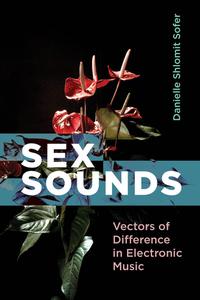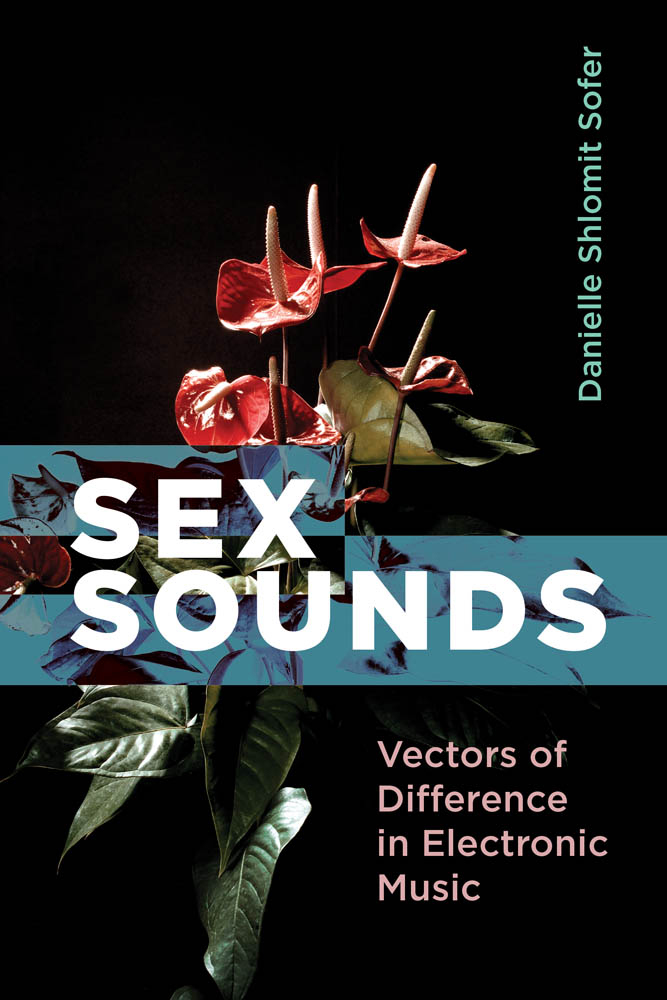Sex Sounds: Vectors of Difference in Electronic Music (The MIT Press) by Danielle Shlomit Sofer
English | July 5th, 2022 | ISBN: 0262045192 | 432 pages | True EPUB | 10.89 MB
English | July 5th, 2022 | ISBN: 0262045192 | 432 pages | True EPUB | 10.89 MB
An investigation of sexual themes in electronic music since the 1950s, with detailed case studies of “electrosexual music” by a wide range of creators.
In Sex Sounds, Danielle Shlomit Sofer investigates the repeated focus on sexual themes in electronic music since the 1950s. Debunking electronic music’s origin myth—that it emerged in France and Germany, invented by Pierre Schaeffer and Karlheinz Stockhausen, respectively—Sofer defines electronic music more inclusively to mean any music with an electronic component, drawing connections between academic institutions, radio studios, experimental music practice, hip-hop production, and histories of independent and commercial popular music. Through a broad array of detailed case studies—examining music that ranges from Schaeffer’s musique concrète to a video workshop by Annie Sprinkle—Sofer offers a groundbreaking look at the social and cultural impact sex has had on audible creative practices.
Sofer argues that “electrosexual music” has two central characteristics: the feminized voice and the “climax mechanism.” Sofer traces the historical fascination with electrified sex sounds, showing that works representing women’s presumed sexual experience operate according to masculinist heterosexual tropes, and presenting examples that typify the electroacoustic sexual canon. Noting electronic music history’s exclusion of works created by women, people of color, women of color, and, in particular Black artists, Sofer then analyzes musical examples that depart from and disrupt the electroacoustic norms, showing how even those that resist the norms sometimes reinforce them. These examples are drawn from categories of music that developed in parallel with conventional electroacoustic music, separated—segregated—from it. Sofer demonstrates that electrosexual music is far more representative than the typically presented electroacoustic canon.
Enjoy My Blog. No any convert or low quality!



